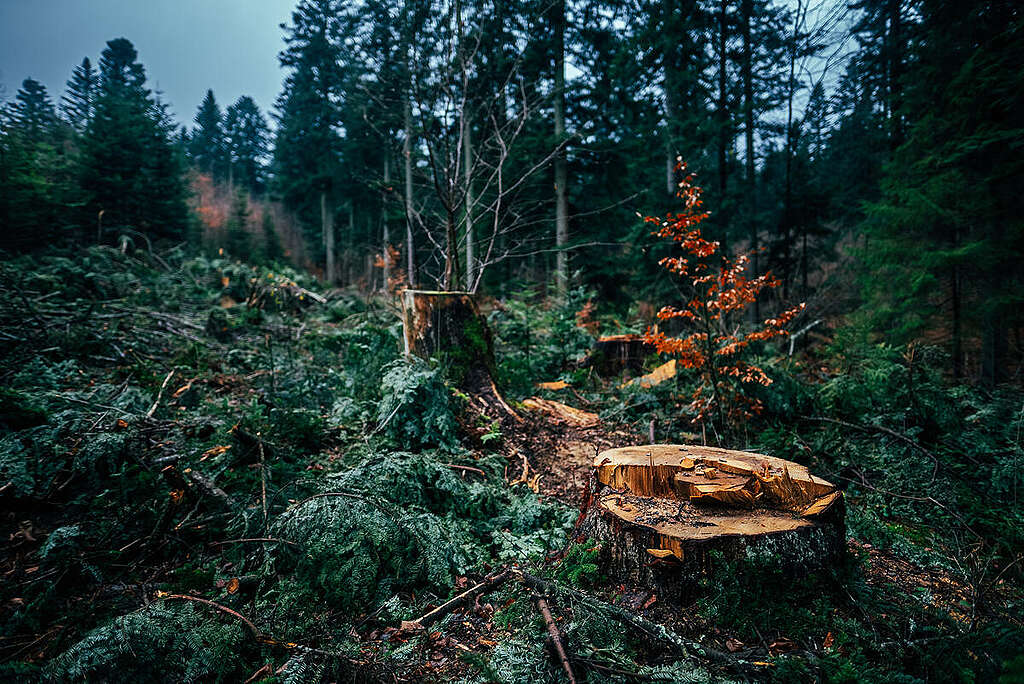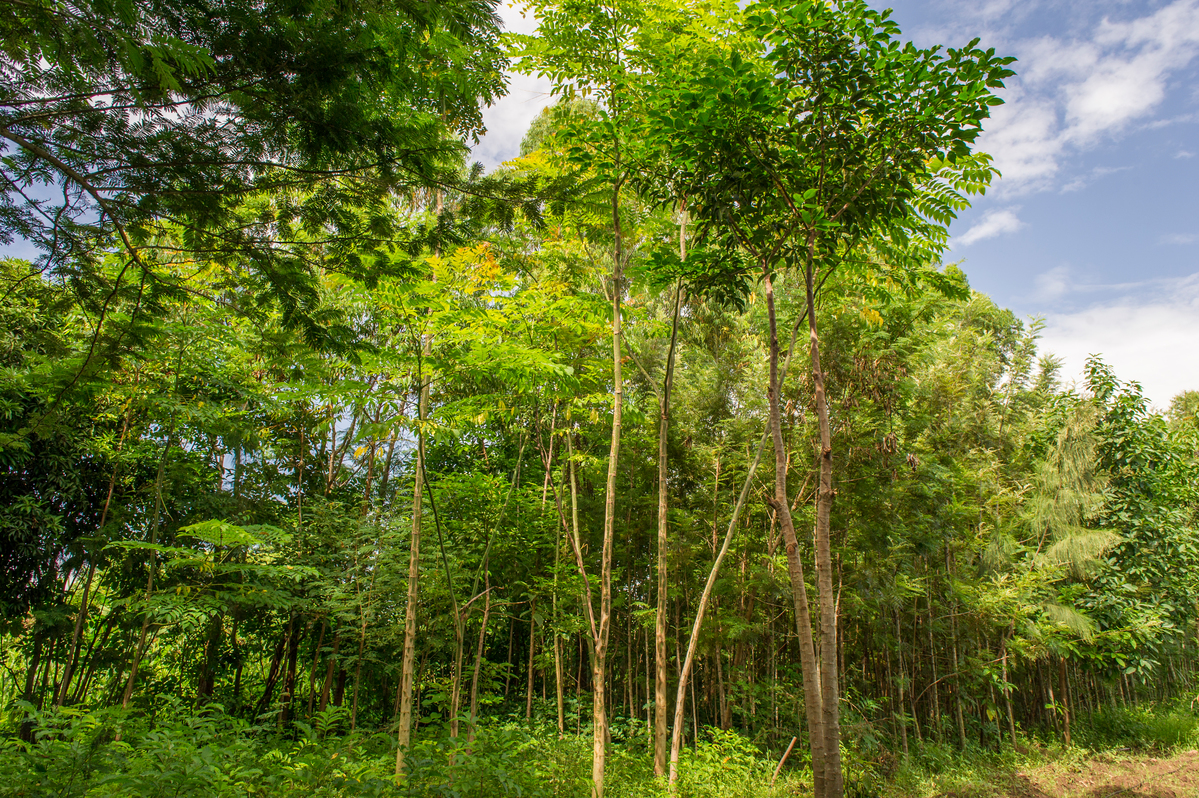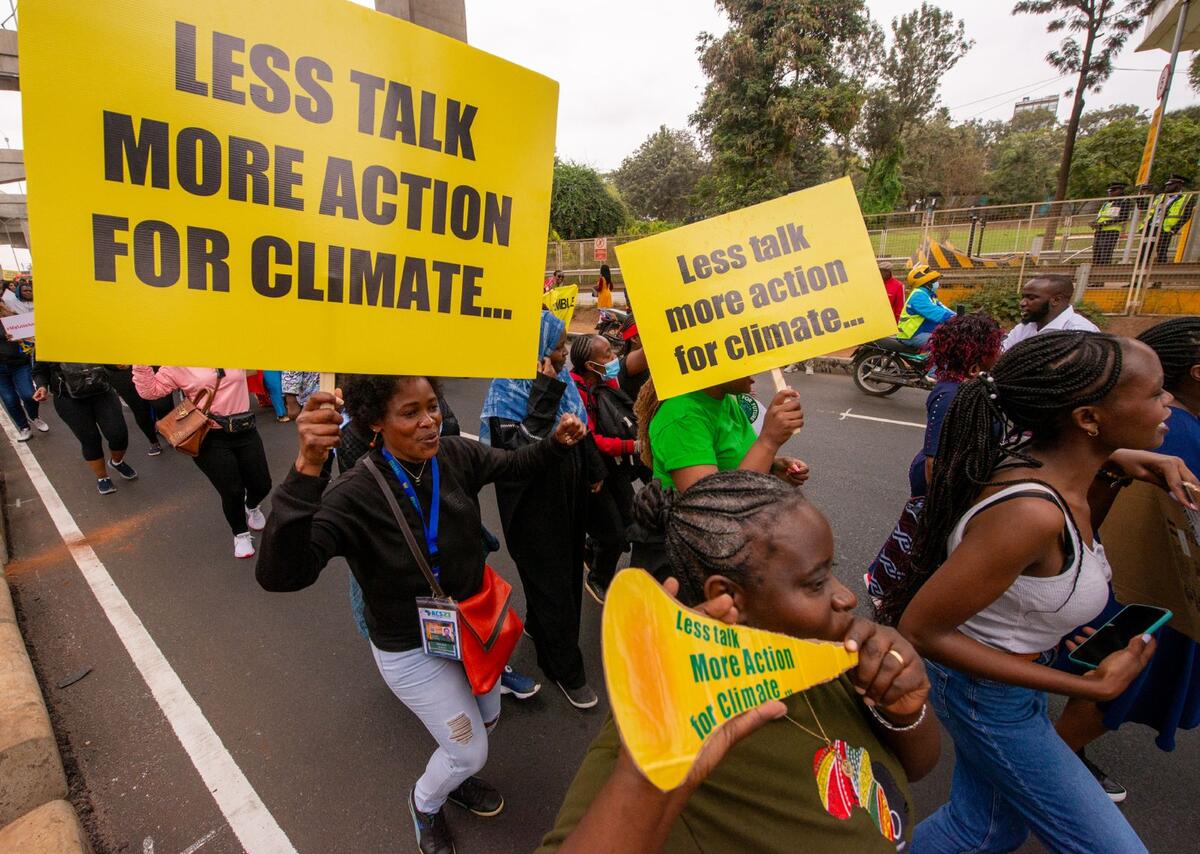“When I heard the news on Sunday, I was completely devastated.” Tracy Makheti, a community manager at Greenpeace Africa, narrates as she shares her thoughts with BBC’s Richard Kagai regarding President Ruto’s announcement to lift the ban on logging in Kenya.
Back in 2018, under the leadership of then-President Uhuru Kenyatta, the Kenyan government implemented a moratorium on logging in public forests. This action was taken to curb illegal logging and the depletion of the country’s water towers. It was also meant to allow for the reassessment and rationalisation of the entire forest sector in Kenya.
After six years, the ban on logging had significantly impacted the country’s forest cover. In 2021, the Kenya Forest Service conducted a National Forest Resource Assessment, bridging the information gap and facilitating knowledge sharing among stakeholders regarding Kenya’s forest and tree cover status. By 2022, when the report was published, Kenya had surpassed the constitutional target of 10% tree cover, reaching an impressive 12.13%, translating to 7,180,000.66 hectares. Moreover, forest cover had increased from 5.9% in 2018 to 8.83%, an equivalent of 5,226,191.79 hectares. It is, however, worth noting that the tree and forest covers have not been evenly distributed, with ten out of the 47 counties yet to realise the constitutional target of 10%.
While justifying his decision to lift the ban, President Ruto noted that it was absurd to have mature trees decaying in the forest while the local industries suffered from a lack of timber. He further proposed an increase in taxes on imported furniture products as a means to incentivise the local industry. The president has also initiated an ambitious project to plant 15 billion trees as part of the country’s climate change mitigation efforts. One would wonder why the president would work so hard to defend the environment with one hand just to jeopardise it with the other.
“It’s ambitious for the government to plant new trees. But new trees are not equivalent to forest ecosystems. It takes generations to nurture an ecosystem and its associated benefits. To cut them off at the pretext of planting new trees is absurd. The climate crisis cannot wait! “Says Tracy Makheti, Community Manager at Greenpeace Africa
Green Africa Foundation Executive Director John Kioli also regrets the president’s pronunciation on the matter,“On one hand, we are planting, on the other hand, we are cutting, and I can assure you, the cutting will be more!”

A case of environmental sustainability vis-à-vis economic development
Kenya’s forests hold immense value, serving as habitats for rare and endangered species and providing essential resources for the livelihoods of millions of local people. These forests are rich in biodiversity and offer critical ecosystem services. As carbon sinks, they play a vital role in mitigating climate change by absorbing and storing carbon dioxide from the atmosphere. Additionally, they contribute to regulating water cycles, preventing soil erosion, and maintaining overall environmental balance.
The dependence on forests is particularly significant for approximately 70% of Kenya’s rural population, who rely on them for their well-being. These communities engage in various activities, such as beekeeping and the collection of non-timber forest products. Forests are a sustainable source of food, fuelwood, and traditional medicines, supporting the local populations’ cultural practices and overall well-being.
However, concerns surround the decision to lift the moratorium on forest exploitation. The president’s defence of opening up the forest for the local economy raises critical sustainability questions. Wasn’t the moratorium initially implemented to address illegal logging, corruption, and unsustainable exploitation of natural resources? It is crucial to evaluate the changes in governance that can guarantee sustainable utilisation of these resources and address the underlying challenges before going back on such measures.
One of the key challenges in achieving environmental sustainability lies in the intersection of environmental governance and political power. Political leadership, often restricted to short terms, prioritises immediate gains over long-term environmental needs. This creates a cycle where economic benefits are unsustainably extracted from environmental resources, passing on the challenges to future administrations. Meanwhile, the urgency of the climate crisis continues to grow. We find ourselves at a critical juncture: the last generation with the opportunity to address the climate crisis and the first one called upon to take decisive action. This reality should hold significant meaning for both the ruling class and the common citizenry. It is crucial to prioritize environmental sustainability over short-term political considerations, fostering a governance framework that ensures the responsible and sustainable management of Kenya’s forests and natural resources. Only by doing so can we effectively address the climate crisis, safeguard the invaluable ecosystems, and secure a sustainable future for the country.
We are not short of alternatives.
According to a 2016 FAO Report and the Global Forest Watch statistics, forest loss due to human activities is a pressing issue, but it’s important to consider the dependence of many communities on forests for their daily needs. Approximately 1.6 billion people worldwide rely on forests for subsistence, highlighting the importance of sustainable forest resource utilisation.
Some alternative solutions to maintain forest integrity while meeting human needs include:
Restoring biodiversity in bare buffer zones: Prioritizing the planting of indigenous trees in approximately 8,000 hectares of bare buffer zones helps restore biodiversity, enhance ecosystems, and boost forest cover. NGOs can adopt these areas with community involvement.
Non-timber forest products: Kenya Forestry Research Institute reports that non-timber forest products globally have an annual value of around USD 115.5 to USD 117 billion. Unlike timber, these products are self-replenishing, ensuring a consistent revenue stream. For example, the global honey market is expected to reach USD 12.2 billion by 2028, while the mushroom market could grow to USD 85 billion by 2026. Additionally, the herbal medicine market is estimated to rise from USD 200 billion to USD 284 billion in 2028. Forest adjacent communities, such as those in Elburgon, Mt. Kenya regions, Mau, and Kakamega, can earn more from non-timber forest products, offering better prospects for smaller producers.
Exploring sustainable alternatives: Bamboo offers a sustainable alternative to traditional wood sources, reducing pressure on natural forests while meeting wood and timber demands. However, caution is necessary when cultivating bamboo as an exotic species. Excessive planting can harm local ecosystems and biodiversity. Sustainable management is crucial to balance demand, preserve the environment, and support local livelihoods.
Further, Idle government-owned land presents opportunities for sustainable utilization. By converting at least 15% of this land into mixed plantation forests and dedicating the remainder to indigenous forested lands, we can generate co-benefits for forest-dependent communities and the environment.
Balancing human needs with environmental preservation is paramount. Identifying and implementing proper and sustainable forest resource utilisation methods can alleviate pressure on forests while maintaining productivity and ecological integrity. This approach ensures the well-being of present and future generations, by recognizing the significance of forests in supporting livelihoods, biodiversity, and climate change mitigation.
Peter Bulimo,
Climate – Nature Advocate.



